When March arrives on the homestead, it’s definitely the start of spring.
And it’s also the time I start wondering what seedlings I can start that will yield a great harvest come September.
In March, the weather tends to be more forgiving, as the last of the winter freezes run their course and make way for warmer temperatures and, in most cases, more precipitation.
As a gardener, there are a variety of vegetables you can plant that thrive during this season of growing.
Due to the fact that there can be late freezes that carry over into the early part of spring, some seedlings are best suited for indoor planting, to be transplanted outdoors at a later time.
Here’s 8 crops you can start in March!
Herbs
(Want to start a medicinal herb garden? Click here to get a great all-in-one kit!)
Herbs are rather simple to plant and tend to, and the nice thing about herbs is that they are pretty portable throughout most stages of growing (so if you need to pull them inside because of a surprise cold-snap, no worries!).
Start planting herbs about eight to ten weeks before the last frost of the season, then transplant them into pots. Should another unexpected frost occur, the pots can simply be brought inside.
The best herbs to start growing at this time are basil, oregano, thyme, lemon balm, rosemary, and sage.
Brussels Sprouts
(Click here to get Brussels Sprouts seeds for as low as $1.99 from my favorite store, Seeds Now!)
You’ll want to start planting seeds right about six to eight weeks before the last spring frost, in a greenhouse under lights. A few days before planting/transplanting, you’ll need to work fertilizer into the soil.
You’ll definitely want to transplant them into raised beds due to the inconsistent temperatures that can occur during early spring.
Plant transplant seedlings 12-24” inches apart, or you could also direct sow seeds, planting ½” deep and 2-3” apart. Once the plants are 6” tall, thin them down to 18-24” apart.
Fertilize them three to four weeks after transplanting, and side-dress them because brussel sprout roots are shallow and it’s easy to damage them.
Be sure to mulch the soil with wood chips so it retains its moisture, as well as keeps the soil temperature cool.
CLICK HERE TO CONTINUE THIS ARTICLE
Maat van Uitert is a backyard chicken and sustainable living expert. She is also the author of Chickens: Naturally Raising A Sustainable Flock, which was a best seller in it’s Amazon category. Maat has been featured on NBC, CBS, AOL Finance, Community Chickens, the Huffington Post, Chickens magazine, Backyard Poultry, and Countryside Magazine. She lives on her farm in Southeast Missouri with her husband, two children, and about a million chickens and ducks. You can follow Maat on Facebook here and Instagram here.

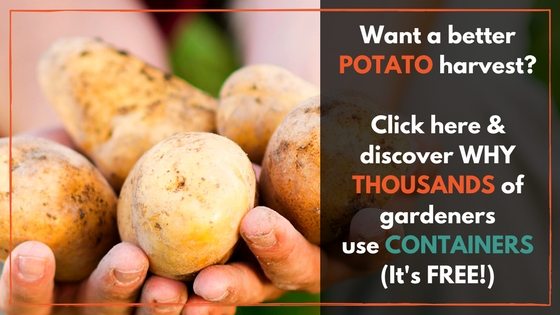

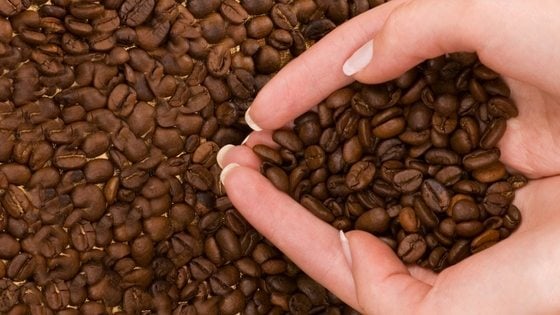
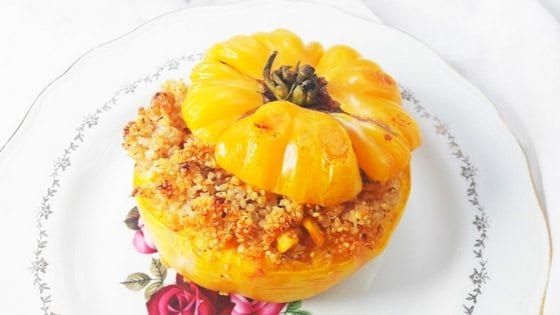
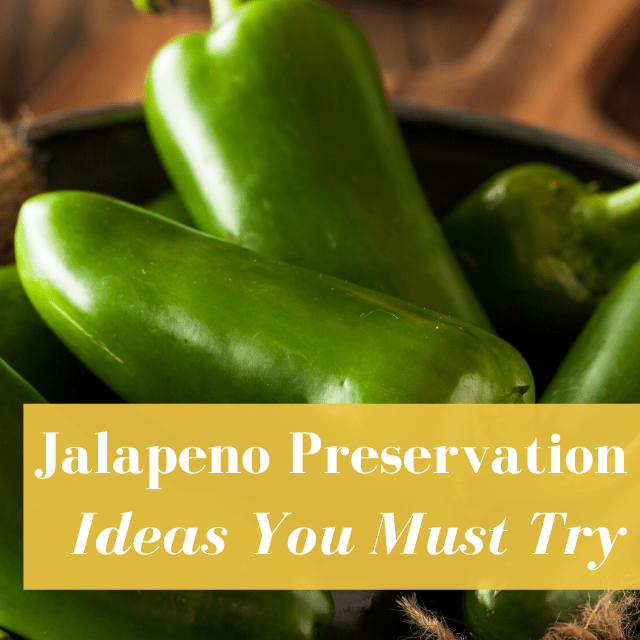
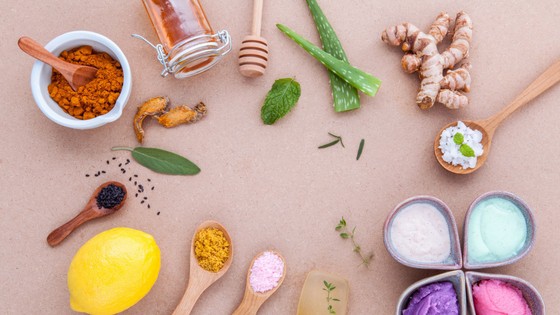
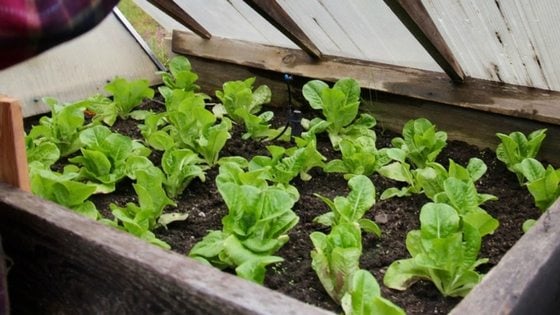
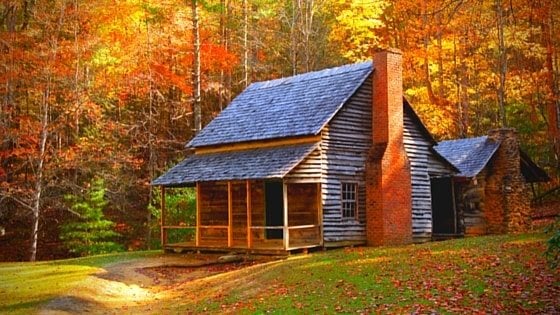
Hi Maat van Uitert I agree with all of your philosophy except one big one…wood mulch is NOT the way to go…read or google
The No Maintenance Garden by Roy Diblick…he mentions wood mulch in a negative way and how it all got started in our gardening world…use grass clippings, leaf mulch, pine straw, Finely shredded mulch or gravel. If you are “open” to new ideas
I think you will find his book and research very interesting…many top landscape designers(me) and architects are using this
“new” approach and educating out clients as well.
Thanks for the book suggestion – I’ll go buy a copy! Always interested in learning more.